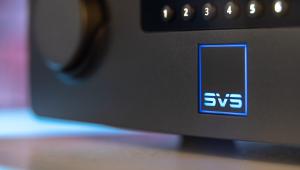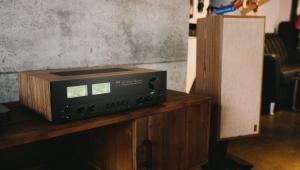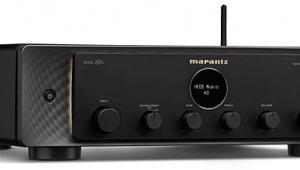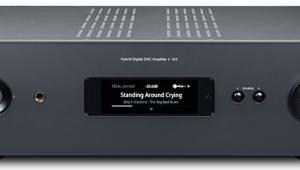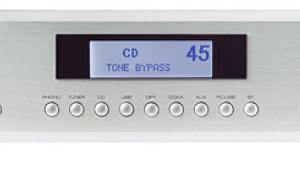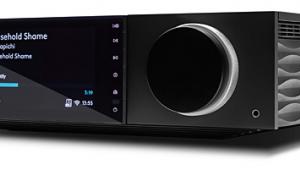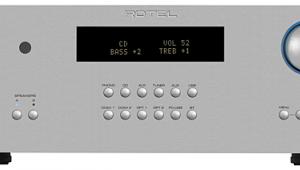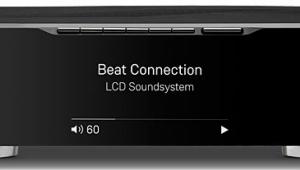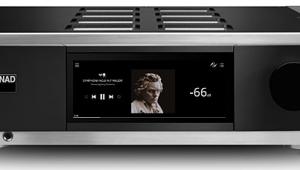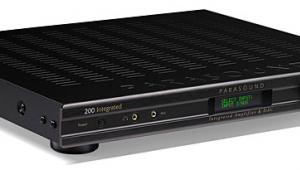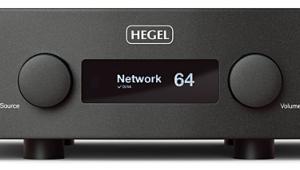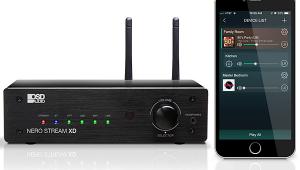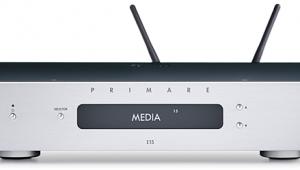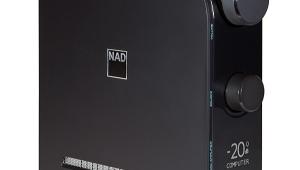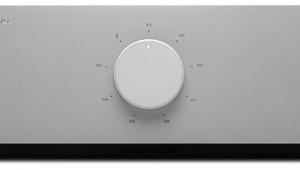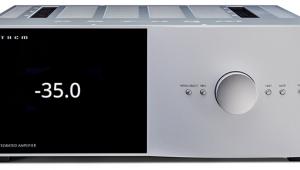No Streaming and from my experience USB is very noisy..
This would have been cutting edge 2 years ago..
Rotel A12 Integrated Amplifier Review Page 2
I reconnected with the analog part of my music library for the initial demos, starting with the Debussy albums that Paul Jacobs made for Nonesuch. Recorded on analog tape, with Dolby A noise reduction, they are among the best-sounding piano albums I’ve heard. I return to them time and again, especially the Etudes and Preludes, but it’s not often that I pull the Images/Estampes LP off the shelf. Jacobs’ Baldwin piano had a distinctively dark tone that lesser playback gear tends to lighten up, with little ill effect—but the Rotel’s approach, more faithful to the source, was more satisfying. It was a true reading of the rich, warm, unclattery, percussively fluent piano sound. The restrained overtone signature got even better focused as the amp warmed up.
 With sessions dating from the 1940s and ’50s, The Complete Blue Note Recordings of Thelonious Monk has a livelier top end in the Mosaic four-LP box than in the Capitol two-CD issue. The Rotel pulled a surprising amount of room ambience out of the mono recordings, despite the sepia olde-analogue glow. The clean, honest amp didn’t let the soft breath of the distant-miked cymbals slip away. It delivered the saxes of Sonny Rollins and other luminaries with an almost vocal quality.
With sessions dating from the 1940s and ’50s, The Complete Blue Note Recordings of Thelonious Monk has a livelier top end in the Mosaic four-LP box than in the Capitol two-CD issue. The Rotel pulled a surprising amount of room ambience out of the mono recordings, despite the sepia olde-analogue glow. The clean, honest amp didn’t let the soft breath of the distant-miked cymbals slip away. It delivered the saxes of Sonny Rollins and other luminaries with an almost vocal quality.
In Beatles for Sale, from the vinyl box set of The Beatles in Mono, the Rotel explored the pop instincts of the band and its producer with its relentlessly revealing midrange. Acoustic guitars and cymbals were soft focused, but some electric guitar parts and most of the vocals (especially John Lennon’s lead on Chuck Berry’s “Rock and Roll Music”) had the intended cutting edge. The Rotel somehow found a unity that was part vintage AM car audio, part newfound hi-fi revelation. It crooned and rocked, and the image was as precisely centered between the two speakers as you’d wish for from mono material.
Digital
The chief strength of the Rotel in pretty much everything was its clean, ungimmicky, scrupulous midrange, and that was never as obvious as it was in the Martin Carthy and Dave Swarbrick CD Skin + Bone. Without being ruthlessly revealing, the amp nonetheless extracted both the slight developing rasp in Carthy’s quirky tenor and the woody resonance in Swarbrick’s fiddle. Especially thrilling was the double-stopped fiddle part on the hair-raising murder ballad “Lucy Wan.” The amp zeroed in on its octave-jumping drone, with parallel but faintly wavering tones, maximizing the menace.
Next up was Sergei Rachmaninoff’s Symphony No. 1 on a hybrid SACD recorded in 5.1 channels for the London Symphony Orchestra’s LSO Live label, with the exceptionally able Valery Gergiev conducting. (Mily Balakirev’s Tamara fills out the disc.) The native DSD recording sounded like the Golden Age of Analog at its best; if this had been vinyl playback, as opposed to SACD, it would have involved a better phono cartridge than I can afford. For this demo, I used the Oppo Special Edition player’s high-end analog output employing its internal 32-bit ES9016 Sabre DAC—in other words, DSD to analog, no PCM conversion. By this time, I had realized that the warmth I often (but not invariably) heard from the Rotel amp was not an overlay, not a skew of tonal balance, but a commitment to getting the most out of recordings (or portions of them) intended to sound warm. The soundstage lifted clear of the speakers like a magic carpet.
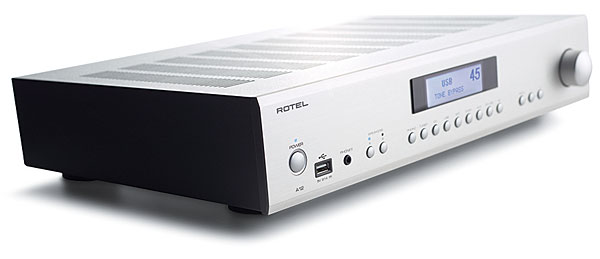
Macy Gray’s Stripped came in the form of 192/24 AIFF, courtesy of HDtracks.com. The laptop fed the Rotel’s PC-USB input and internal DAC directly; how I would love my reference system to do that. Gray is sort of a bluesier, more fragile, and more benign Marianne Faithfull. The Rotel integrated her sweetly creaky voice into the rich reverb that is a hallmark of Chesky recordings, without letting it get engulfed. The unusual mix—which puts the vocal and occasional trumpet parts in the right channel and the murmuring guitar in the left—leaves the center entirely for the rhythm section, which allowed the amp to trace that section’s instruments’ even longer decay without being crowded.
The Rotel A12 is one of the few amps we’ve reviewed with a PCfriendly USB input—and it does so for under $1,000. The amp’s delicious midrange and overall musicality are practically miraculous at this price. Bluetooth sweetens the deal, though if you want network audio features, you’ll have to look elsewhere or be willing to add an external gadget. But for those who want a fine cabled solution to most connectivity challenges, this little amp excels.
- Log in or register to post comments

